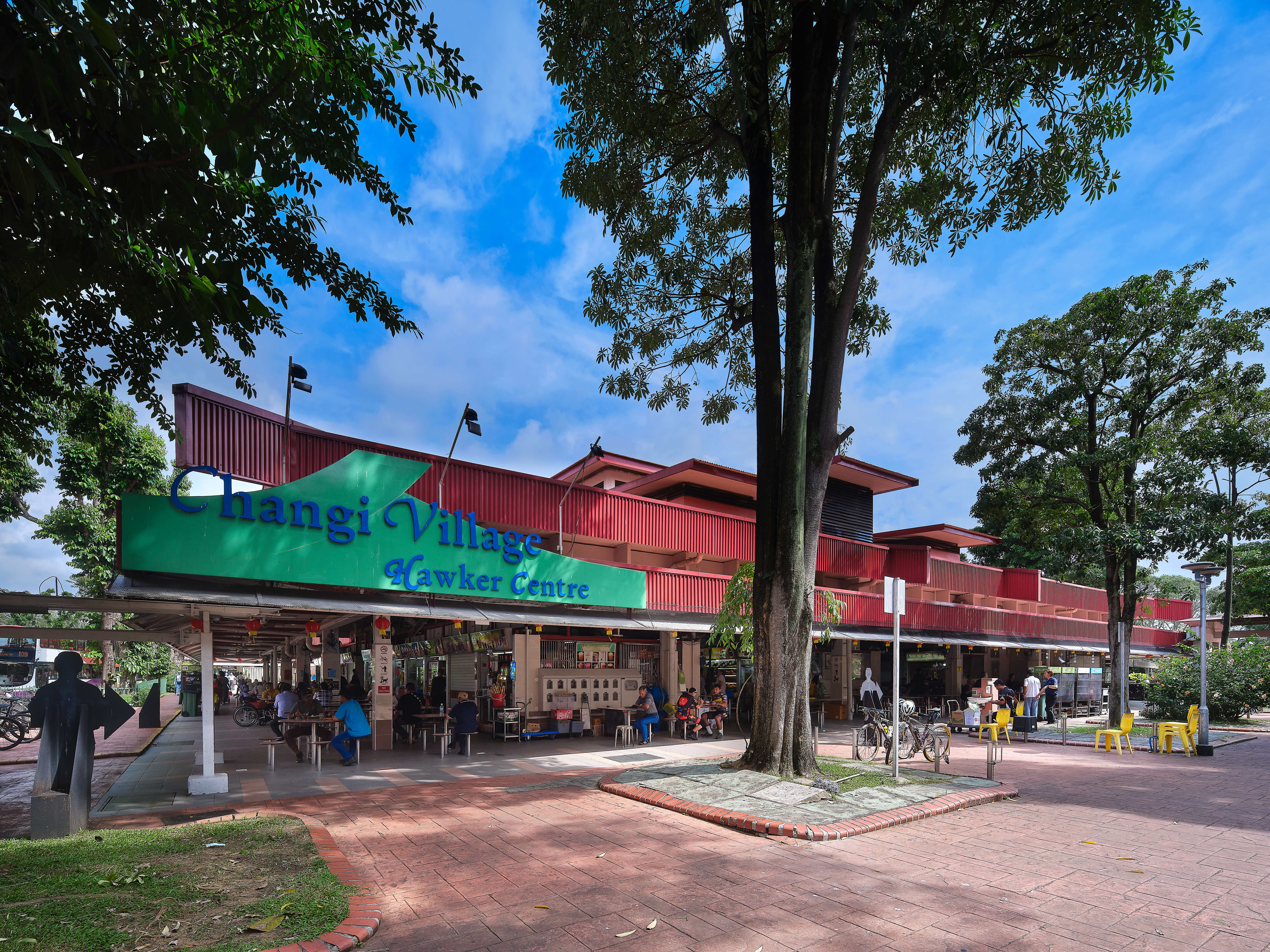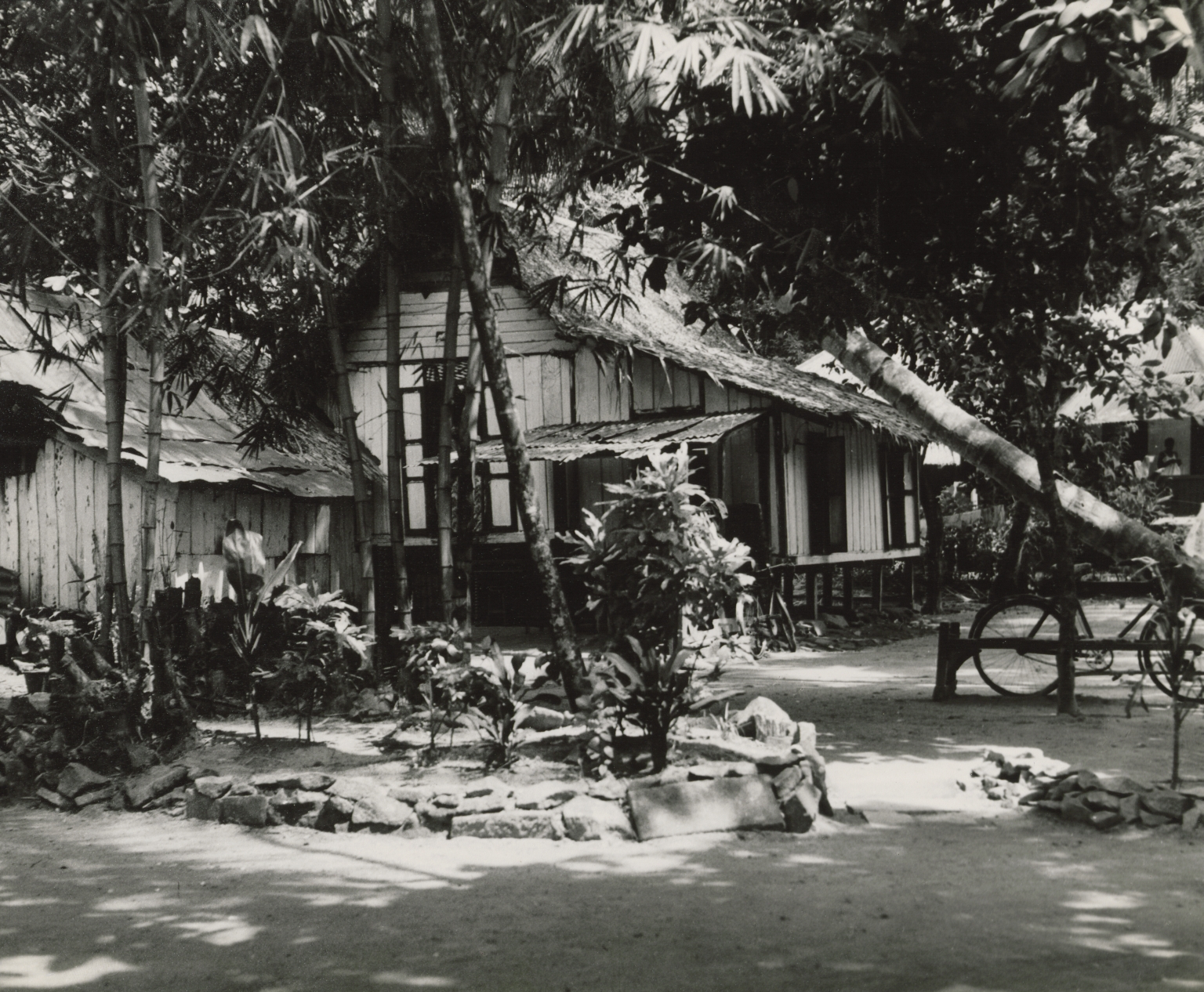Between the early 19th century and the 1970s, the livelihoods of kampong residents living in Changi were shaped by the area’s natural resources and geographical landscape. Some kampongs along the coast, including Kampongs Tanah Merah, Ayer Gemuroh and Mata Ikan, were sustained by coastal trades, while other inland villages relied on agriculture. The economy of Changi Village, on the other hand, was dependant on the nearby British military base known as Changi Cantonment.
With the completion of Changi Cantonment in 1937, Changi Village grew significantly as traders and hawkers established themselves and catered to the base’s personnel, offering goods and services that earned the village a reputation as a retail haven. The village’s two rows of shophouses housed various establishments, including departmental stores, bakeries, photo shops, coffeehouses and restaurants such as Changi Milk Bar and Tong Sing, which specialised in Western cuisine. The village also had a market and various hawker stalls.
From the 1970s, the kampongs of Changi made way for the development of Changi Airport and land reclamation schemes. Shophouses and attap houses in Changi Village were also cleared, and Housing & Development Board built five blocks of flats that housed shops on the first floor as well as a market cum hawker centre.
Located near the mouth of Sungei Changi, Changi Village also serves as a gateway to nearby islands. Even before the colonial era, boats ferried passengers from jetties at Changi Village to Pulau Ubin and to other islands. A ferry terminal was constructed in 2005 to serve as a formal landing point for Changi and continues to offer ferry rides to Pulau Ubin today.













